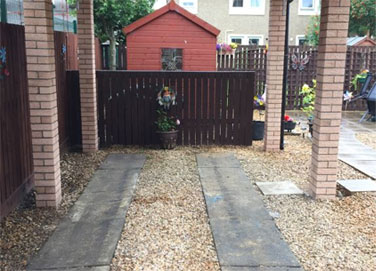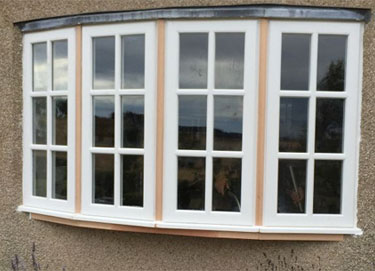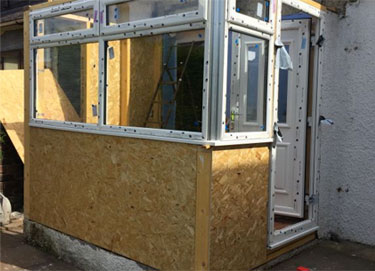When customers ask us to quote for a replacement flat roof or repair, the first question we ask them is the type of flat roof they are enquiring about.
Roofing Survey: Spring Inspection
What Is A Flat Roof
A flat roof is a roof which is almost level in contrast to the many types of sloped roofs.
The slope of a roof is properly known as its pitch and flat roofs have up to approximately 10°.
Flat roofs are an ancient form mostly used in arid climates and allow the roof space to be used as a living space or a living roof.
What Are The Advantages and Disadvantages Of A Flat Roof
Advantages
- Flat roofs are generally less expensive to construct given the reduced areas involved.
- The construction period is often shorter compared to traditional pitched roofs given their simpler style.
- Access is broadly easier.
- Internal space is not imposed on given reduced roof pitch angles.
- Flat roofs are often considered more contemporary, aesthetically, than pitched roofs.
Disadvantages
- Flat roofs generally require a greater degree of maintenance – even more so if the surface is disturbed and damaged by people frequently walking over it.
- Flat roof drainage is historically not as effective as traditional pitched roofs and standing water (ponding) can be an issue if falls are not adequate.
- Typically, the life span of a flat roof is not as long as a traditional pitched roof – even less so if it is vulnerable to damage.
- Successful sealing of flat roofs from water ingress can be problematic if not correctly executed.
- Roof repairs are generally more expensive than traditional pitched roofs. The need for higher level of maintenance and more frequent and possibly serious repairs can only add to this.
What Are The Main Types Of Flat Roof Systems
- Membrane or ‘Single-Ply’ Roofing (such as EPDM)
- Built Up Roofing
- Modified Bitumen Roofing
Single Ply Roofing
There are several types of rubber/polymer membrane roofs including PVC, Neoprene, EPDM and a few others.
However, EPDM (Ethylene Propylene Diene Monomer) is the most commonly used, especially in residential applications.
EPDM roofing is made of recycled rubber materials, which makes it environmentally friendly.
It also helps to insulate your roof and attic―and cuts down on cooling and heating costs― which makes it economically friendly as well. EPDM roofing shingles come in a wide variety of textures and colours.
Advantages
- EPDM roofing is waterproof.
- It allows you to encase your entire roof.
- Repairs are relatively simple and inexpensive; homeowners should be able to do some as DIY projects.
- Roofs last between 30 and 50 years and hold up against wind, water, and fire.
- The roof deck doesn’t need reinforcement because EPDM roofing is lightweight.
- Leaks are very rare with EPDM roofing.
- EPDM roofing is durable―it doesn’t scratch or scuff very easily―and repairs are easy.
Disadvantages
- You must have an EPDM roof installed by a professional contractor who knows how to properly install the roof. It can be somewhat costly.
- Any exterior pieces―pipes, HVAC systems, chimneys―can pose a risk to your EPDM roofing and cause leaks if not properly flashed.
- Rubber roofing can be damaged by branches, foot traffic during installation, or storm damage. You just need to take more care when walking on a membrane roof.
Modified Bitumen Roofing
This type of roof leveraged the proven performance of BUR but also added roof wear layers or cap sheets that were polymer reinforced for strength and durability.
Advantages
- Factory applied mineral surfacing for consistent application.
- Applied in overlapping rolls creating large seamless areas.
- Less complex to install than BUR saving labor and reducing installation error.
- Polymer reinforced roof wear layer provides better elasticity and flexibility at low temperature.
- A variety of application methods including hot applied, torch applied, cold applied, self-adhered.
- Low maintenance and durable.
- Low cost.
- Recyclable at end of useful life.
- Provides better durability than a BUR with similar ease of installation like EPDM.
Disadvantages
- Some application techniques require an open flame/torch which requires special safety considerations.
- Overlapping joints must be correctly adhered to prevent a possible leak.
If you require a quote for a flat roof system to be repaired of replaced then get in touch with us.






